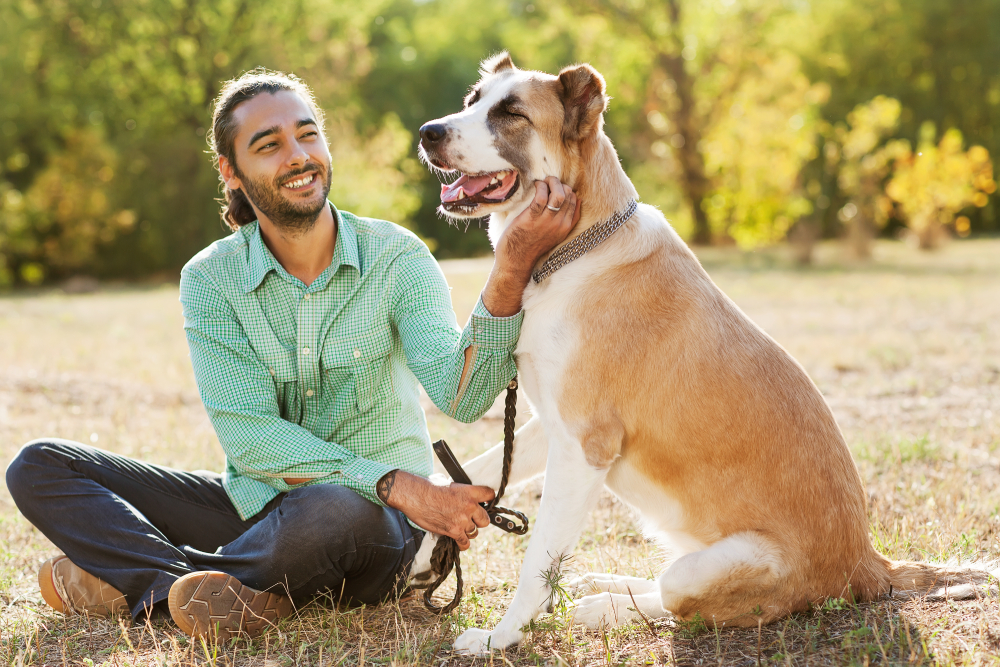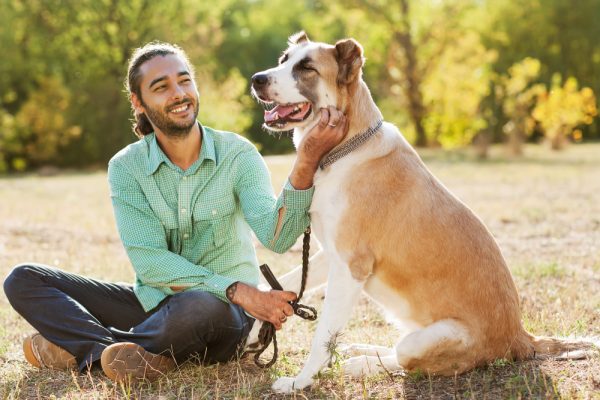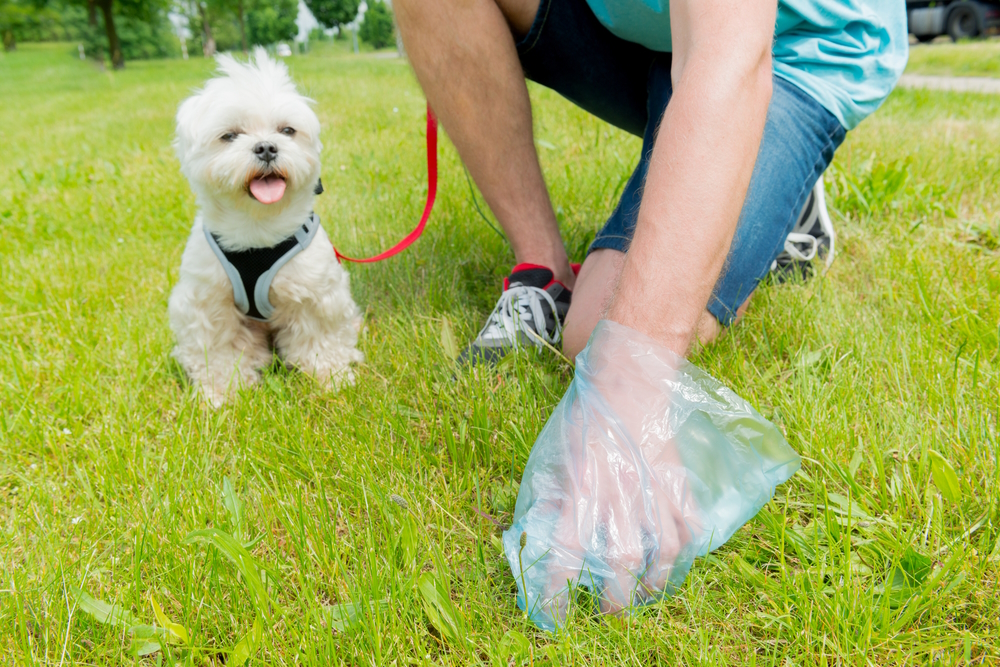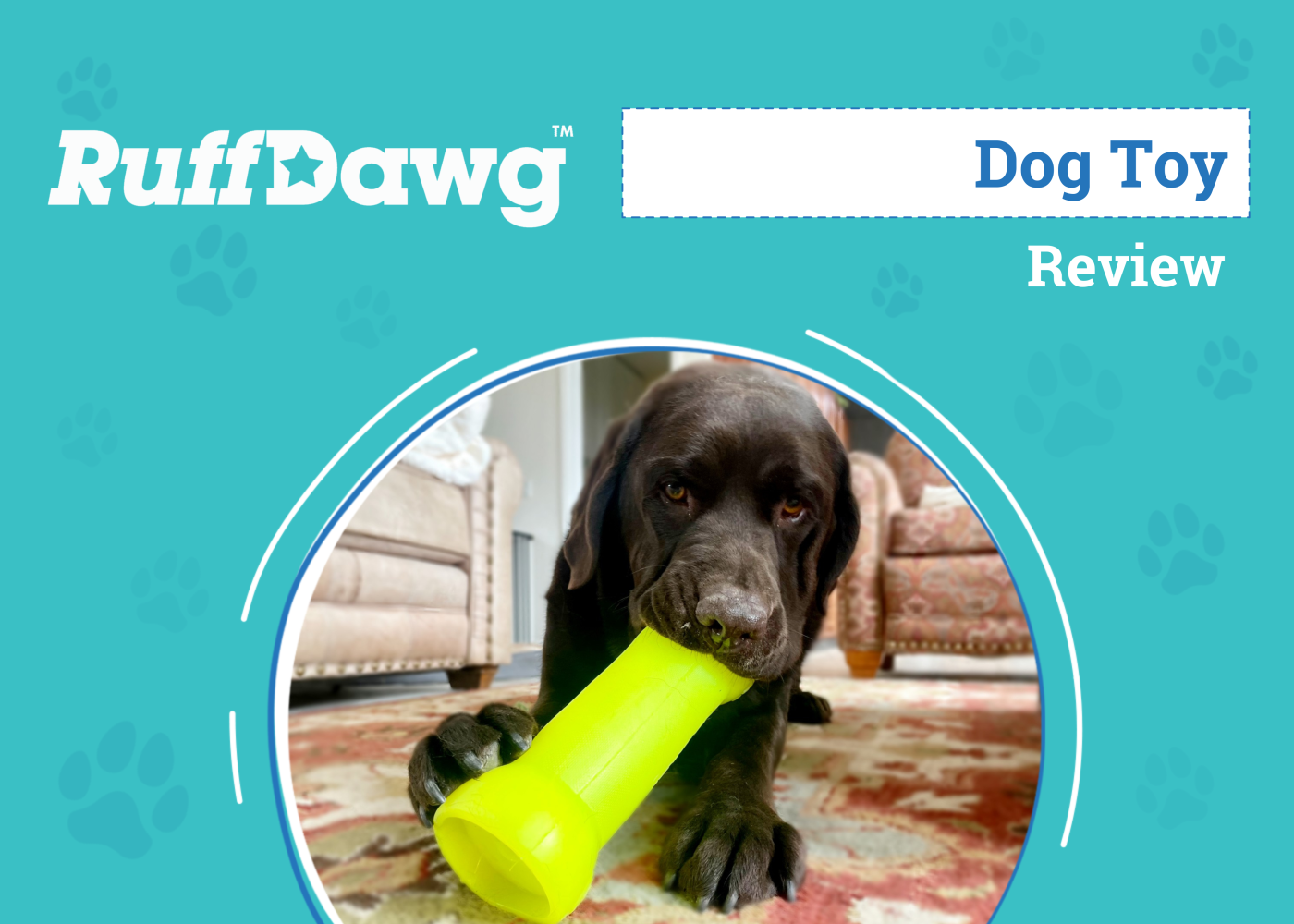Click to Skip Ahead
When New Year’s Eve rolls around, it’s common to make a bunch of resolutions that we promise to do in the coming year—only to forget about them a few weeks later. However, creating a resolution that involves your dog can help make it stick, especially if it helps improve or extend their life. Keep reading for a list of sample New Year’s resolutions that revolve around your pet, which we hope will motivate you to make even more!
The 13 New Year’s Resolutions for Your Dog and You
Resolutions for Dogs
1. A Better Diet
Resolve to review your dog’s diet and make changes if needed. Try to find a food brand that contains healthier meats, more real fruits and vegetables, and omega fats.

2. More Physical Activity
Resolve to spend more time with your dog each day, helping them get the exercise that they need to help prevent obesity, which can lead to various health issues, including diabetes and cardiovascular problems. Obesity is a serious issue for canines in America, with more than 50% of dogs needing to lose at least a few pounds.
3. More Social Interactions
Resolve to involve your dog in more social interactions, even if they are an adult, to help them feel more comfortable around people and other animals that they are unfamiliar with. It helps reduce anxiety and builds confidence.
4. Better Dental Care
Resolve to spend more time attending to your dog’s dental care, which can include manual brushing with a pet-safe toothpaste and scheduling checkups with the vet to have them looked over. Dental disease affects more than 80% of dogs over the age of 3 in the United States, so it’s definitely something to pay attention to.
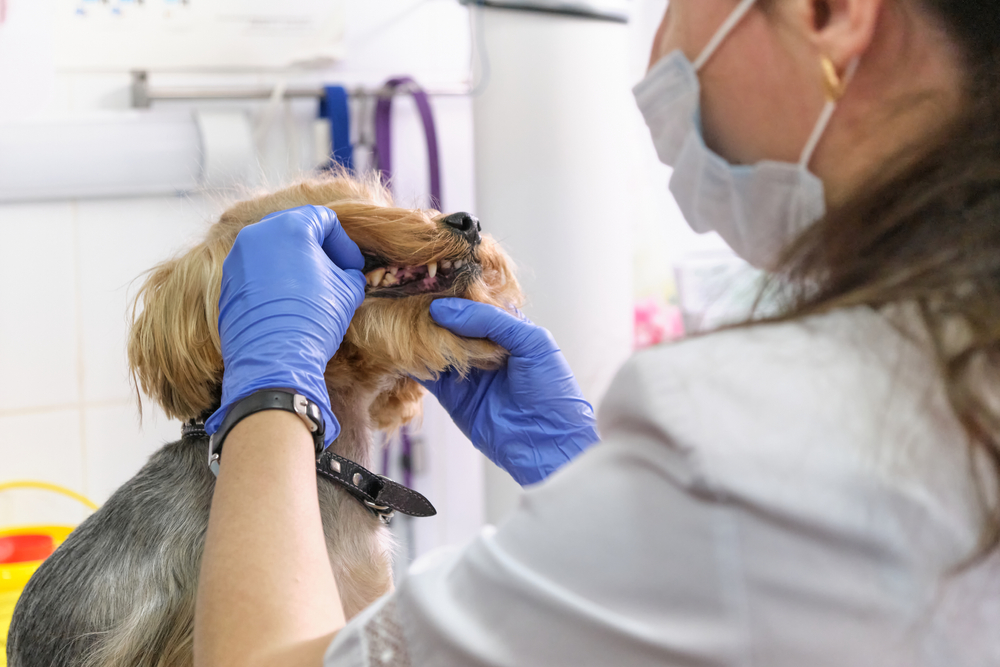
5. More Time Training
Resolve to spend more time training your pet this year, as it can help stimulate their mind, which is just as important as exercise for many dogs. Whether it’s reinforcing basic commands, learning new tricks, or addressing behavioral issues, training will make your dog safer to be around and better behaved.
Resolutions for Pets in General
6. Pet First Aid
No matter what type of pet you have, resolve to spend time this year learning how to provide first aid to your companion if they need it. There are several online sources with great information, and you can also talk it over with your vet to get tailored advice.
7. Regular Vet Checkups
Resolve to schedule regular vet checkups for your pet this year. Preventative care can help extend the life of any animal, and it can help you treat any problems early.

8. Participation in Pet Owner Community
Resolve to join a pet owner community this year. No matter what pet you have, there are many other owners out there, and you can learn from each other, provide or get advice for any problems, and make great friends with the same interests as you. Your newly expanded knowledge might even help extend the life of your pet!
9. Mindfulness
Resolve to be more mindful of your pet this year, taking extra time to go for relaxing walks or just sitting with them and enjoying their company, which can help reduce stress for both of you.
10. Animal Welfare Advocacy
Resolve to start advocating for the rights of animals, which can include supporting local shelters, participating in awareness campaigns, or volunteering your time to help animals in need.
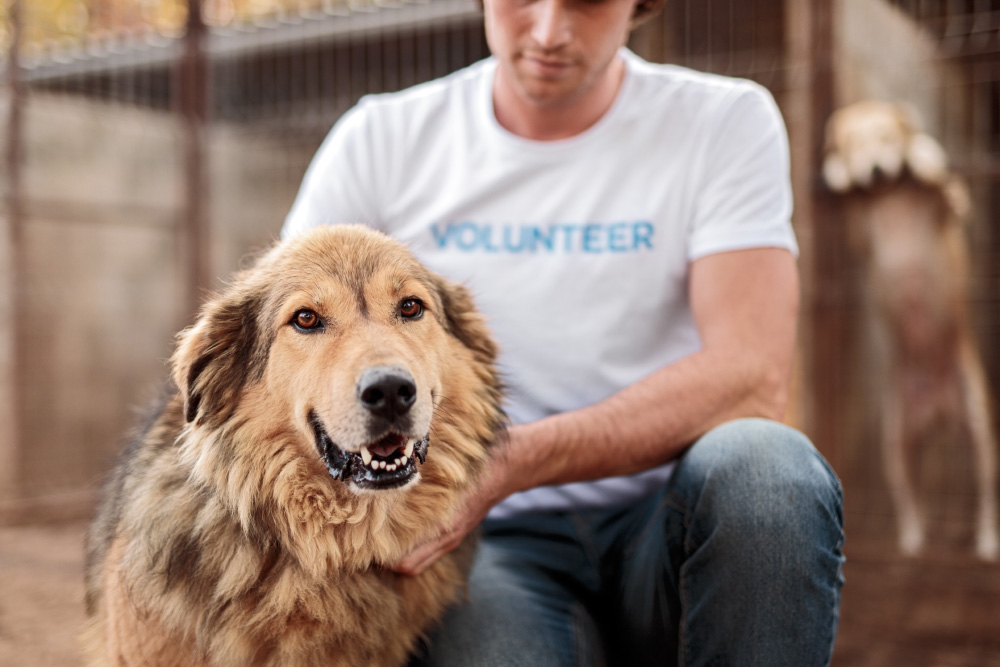
11. Environment Enhancement
Resolve to look over your pet’s environment and make improvements, which might include purchasing new heating pads for your reptiles, window bird feeders for your cat’s enjoyment, or larger play areas for your birds.

Resolutions for You, the Pet Owner
12. Medical Checkups
Resolve to get any medical checkup that you need. Staying healthy yourself is critical for providing good care to your pets.
13. Pet Emergency Plan
Ensure that you have a plan in place for emergencies, including natural disasters, medical emergencies, or unexpected travel. Set up an emergency kit that includes the phone number and address of a 24-hour vet, and find someone nearby and someone farther away who can pet sit if needed.
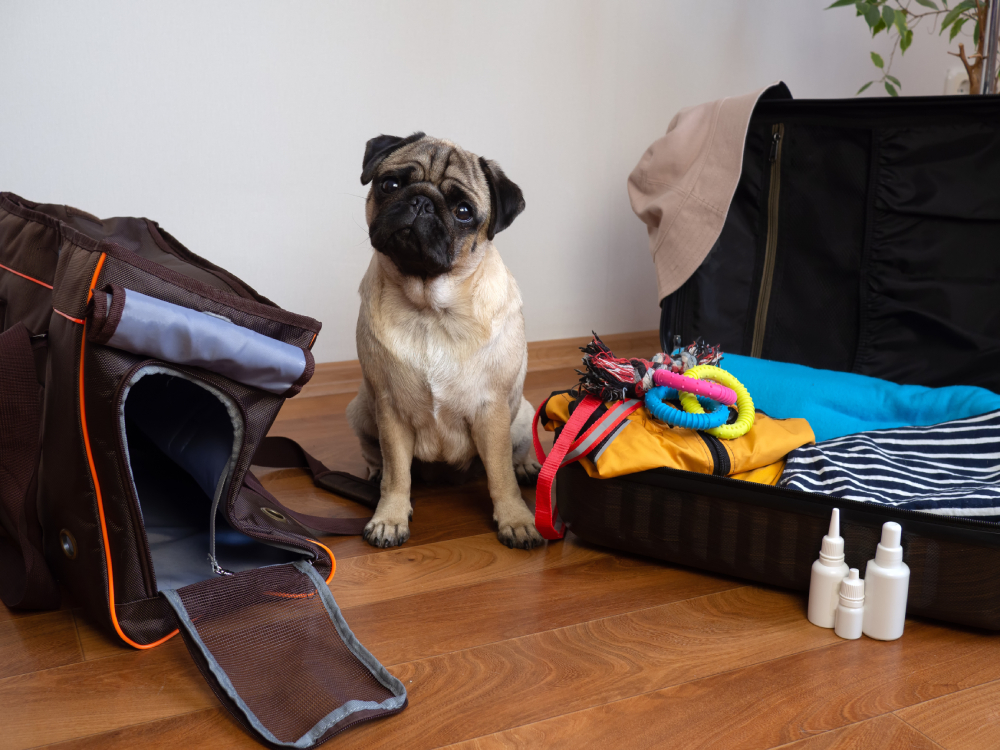

Tips for Keeping Your Resolutions
- Set specific, achievable goals. For instance, instead of saying that you will spend more time with your dog, commit to a 15-minute morning walk daily.
- Break larger goals into smaller, more manageable steps. For instance, if you want to improve your pet’s diet, commit to researching one part of their nutrition each week.
- Be flexible and adjust your goals as needed instead of setting them aside completely.
- Celebrate milestones for both you and your pet with rewards and treats.
- Share your resolutions with friends, family, and even online communities, as they will help you stay accountable.
- Don’t get discouraged if you have a setback. Instead, learn from what went wrong to avoid making the same mistake in the future.
Conclusion
There are many options for positive New Year’s resolutions that can help keep your dog happy and healthy in the coming year, and none of them are that difficult, especially if you break them down into small steps. Telling your family and friends about your resolutions can also help ensure that you stick to them, since they will likely ask about how you are doing. It can also be a good idea to start small, with one or two resolutions instead of a whole list.
We recommend resolving to help your pet get more exercise and provide better dental care, as both obesity and dental disease are serious issues for all animals.
Featured Image Credit: Rock and Wasp, Shutterstock

